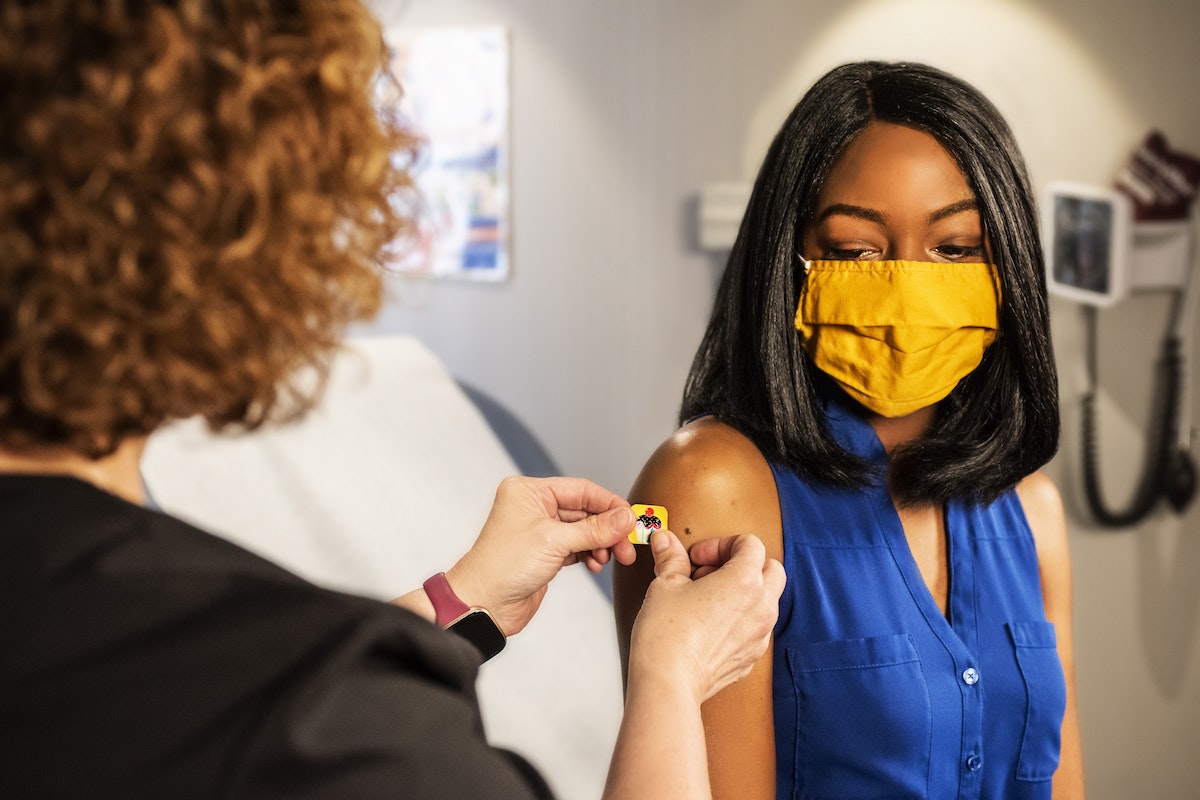By: Akaisha Kaderli / Billy Kaderli
Billy and I are Americans. For most of our adult lives we have been self-employed, paying for our own health insurance out-of-pocket.
We retired at age 38, and while initially we paid for a US-based Health Insurance policy, we eventually “went naked” of any health insurance coverage. Wandering the globe, we took advantage of Medical Tourism in foreign countries and again, paid out-of-pocket for services.
This approach served us very well.
However, we understand that choosing the manner in which one wants to pay-for-and-receive-health-services is a personal matter.
In our experience, it seemed that Canadians generally were reticent to stay away from Canada longer than six months because they would lose their access to their home country’s health care system.
We did not know the full story of why many Canadians preferred not to become permanent residents of another country due to this healthcare issue. So, we asked Canadian Jim McLeod if he would answer a few questions for us to clarify! And then, to give that information to you.
Below is our interview with Jim McLeod. He and his wife are permanent residents of Mexico, and now receive all their healthcare from this country.
It is our hope with this interview, that there would be options explained to other Canadians who might not want to maintain two homes, be snowbirds in Mexico, or could vision living in Mexico with its better weather and pricing.
Take a look!
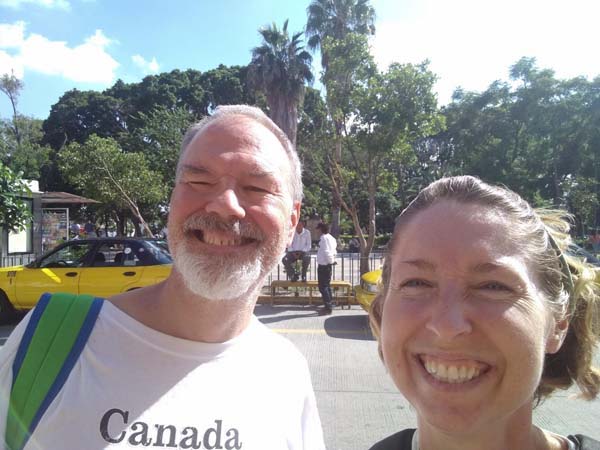
Jim and Kathy in Mexico
Retire Early Lifestyle: In the beginning, did you choose to do a part-time stint in Mexico before fully jumping in? You know, like to test the waters?
Jim McLeod: Yes. Because of the following stipulations for our Ontario Health Insurance Plan (OHIP) and the possibility of getting a maximum of 180 days on a Mexican Tourist Card, we decided to do the “snowbird” thing initially: 6 months in Ontario during the warmer months, and 6 months in Mexico during the colder months. You cannot be out of Ontario for more than 212 days (a little over six months) in any 12-month period (ex. Jan—Dec, Feb—Jan, Mar—Feb, etc.).
During this time, we used World Nomads for trip insurance to cover us while in Mexico. For us, this wasn’t too bad. However, according to other couples we’ve spoken with, after a certain age, depending on your health, this can become quite expensive.
Retire Early Lifestyle: When you retired early and left your home country of Canada, was leaving the guaranteed health care system that your country provides a large hurdle to your plans? How did you factor that cost in?
Jim McLeod: After doing the “snowbird” thing twice, we had enough data from tracking all our spending, as per Billy and Akaisha’s The Adventurer’s Guide to Early Retirement, that we knew we would save approximately $10,000 CDN a year by moving full time to Mexico. And we knew we would lose our OHIP coverage. As such, we budget $2,000 CDN a year for out-of-pocket medical expenses. But we also knew that, at that time, we qualified for the Mexican Seguro Popular insurance coverage.
Note: Seguro Popular has since been replaced with a new health Care system, el Instituto Nacional de Salud para el Bienestar (INSABI), which has the following requirements:
- Be a person located inside Mexico
- Not be part of the social security system (IMSS or ISSSTE)
- Present one of the following: Mexican Voter ID card, CURP or birth certificate
- As an expat, in order to obtain a CURP, you must be a Temporal or Permanente resident of Mexico.
Retire Early Lifestyle: Initially, did you go home to Canada to get certain health care items taken care of and then go back to Mexico to live?
Jim McLeod: No, we have not gone back to Ontario for any health care. Having said that, there is one medication that Kathy needs, that she is allergic to here in Mexico, so she gets a prescription filled in Ontario whenever we return and we pay for it out-of-pocket.
Retire Early Lifestyle: What sort of medical treatments have you received here in Mexico?
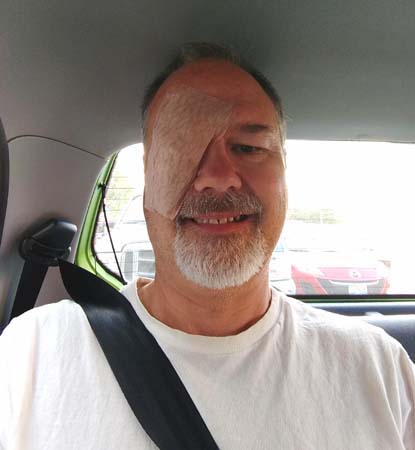
Jim with an eye patch
Jim McLeod: Over the five years that we have been here full time, I have had two eye surgeries, that we have paid for out-of-pocket. I also have had a prostate surgery (TURP), which was covered by Seguro Popular and was quite similar to his experience having the same surgery six years prior in Ontario. And Kathy has had two surgeries, one for a tumor and the other for a bone spur and cyst causing a tear in one of her tendons in her shoulder rotator cuff. Due to the severity of both issues, we paid out of pocket for these as well. Considering the fact that we are saving $10,000 a year, and budgeting $2,000 a year for out-of-pocket medical expenses, we are still way ahead by being self-insured.
Retire Early Lifestyle: In your experience of receiving Mexico’s health care, would you say that it’s adequate? That you received good care? That the pricing is reasonable?
Jim McLeod: The health care we have received here is as good as, or better than we received in Ontario.
The ones that we paid for out-of-pocket all took place within one week of the diagnosis, and the one through Seguro Popular took six weeks (compared to eight weeks for the one in Ontario—so very similar). Since we didn’t have to “pay” for health care in Ontario, we’re not sure if the prices were “reasonable”. But considering how quickly we got in for the out-of-pocket surgeries, and the quality of care we received before, during and after (in all cases we were given the surgeon’s personal cell phone number and told to call any time if there were any questions or concerns, and in two of the cases, it was over the Christmas holidays!) we feel the prices we paid were quite reasonable.
And of course, in the case of Seguro Popular, (now INSABI) it was basically the same as OHIP. (We did have to pay out-of-pocket for pre-surgery blood work, chest x-ray and EKG, some of the supplies for the surgery, and post surgery medications, costing around $220 CDN, which we felt was quite reasonable.)
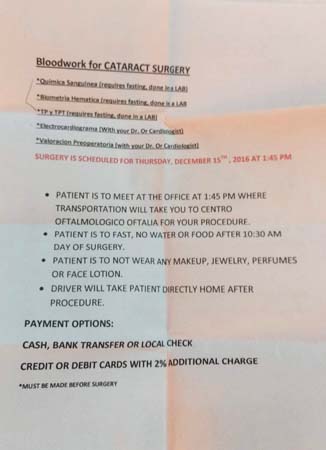
Bloodwork work-up for cataract surgery
Retire Early Lifestyle: Did the native language being Spanish present problems for you? How did you handle that challenge?
Jim McLeod: So far, all of the doctors we have dealt with have spoken English. Fortunately, we have learned enough Spanish to get by when dealing with other medical and support personnel. And in many cases where we had problems understanding the protocols when going through the system, someone almost always stepped in to help us through it! However, there are translators available for a fee to help anyone who wants it.
Retire Early Lifestyle: Have you spoken to other Canadians about “going local” in terms of medical care and leaving Canada to live overseas? If so, what were their reactions? Are you fairly alone in this line of thinking?
Jim McLeod: Most of the Canadians we know who are retired are older and prefer the “safe” route of doing the “snowbird” thing, and keeping their health insurance coverage. They don’t want to leave their comfort zone. So, yes, we are pretty much alone in this line of thinking. But, we are the only ones we know who have retired early.
Retire Early Lifestyle: What might be the advantages of “going local” with health care versus staying with the Canadian system?
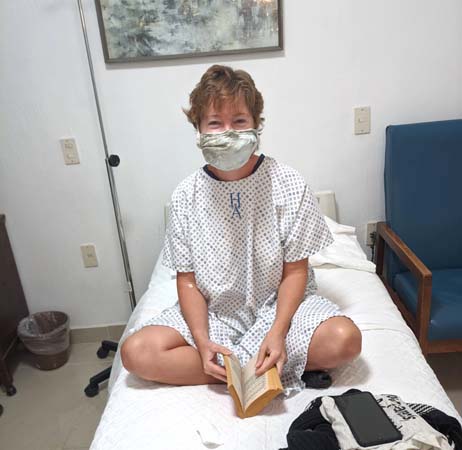
Kathy in the hospital
Jim McLeod: The main advantage is the decreased wait time.
For one of my eye surgeries, it took almost six months to get in to “see” the eye specialist. And then it was going to take six months to get in for surgery to have the cataract removed, and then another six months to get in for the surgery for the actual issue with my eye. In Mexico, I was in to see the eye specialist within two days of arriving back in Mexico, and then was in for both surgeries (“why would you do two separate surgeries when you can do both at the same time???”) within a week.
However, this came at a cost of $2,700 CDN. But, at the same time, this was a progressive issue, which could have been worse if I had to wait an extra year for the surgery.
For Canadians considering retiring early, you are probably in fairly good health, in which case becoming residents of Mexico and using a combination of the INSABI health care and self-insurance is a very reasonable alternative to your Provincial health care.
To be sure, grab a copy of The Adventurer’s Guide to Early Retirement, do the “snowbird” thing a couple of times to track your spending, and see for yourself what the difference is.
You might be surprised.
We’d like to thank Jim and Kathy McLeod for sharing their lives and their medical story for our Readers. It is a generosity of heart for them to do this, and we appreciate it!
Thanks Jim and Kathy!
About the Authors
Billy and Akaisha Kaderli are recognized retirement experts and internationally published authors on topics of finance, medical tourism and world travel. With the wealth of information they share on their award winning website RetireEarlyLifestyle.com, they have been helping people achieve their own retirement dreams since 1991. They wrote the popular books, The Adventurer’s Guide to Early Retirement and Your Retirement Dream IS Possible available on their website bookstore or on Amazon.com.Featured image via Unsplash.
Frayed Passport is a participant in the Amazon Associates Program, an affiliate advertising program designed to provide a means for sites to earn advertising fees by advertising and linking to Amazon.com. We also may share links to other affiliates and sponsors in articles across our website. If you have questions or concerns, please contact us.

